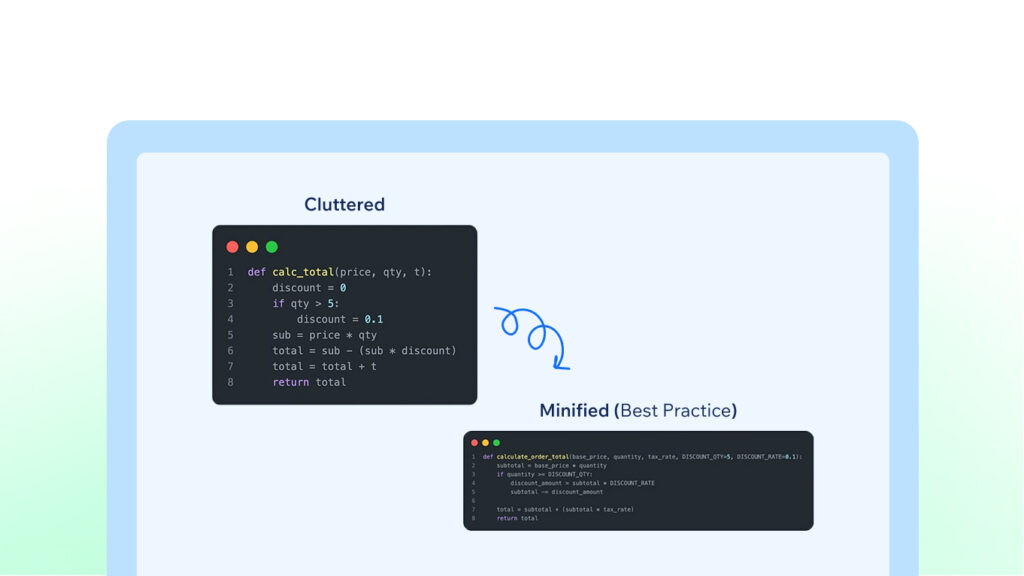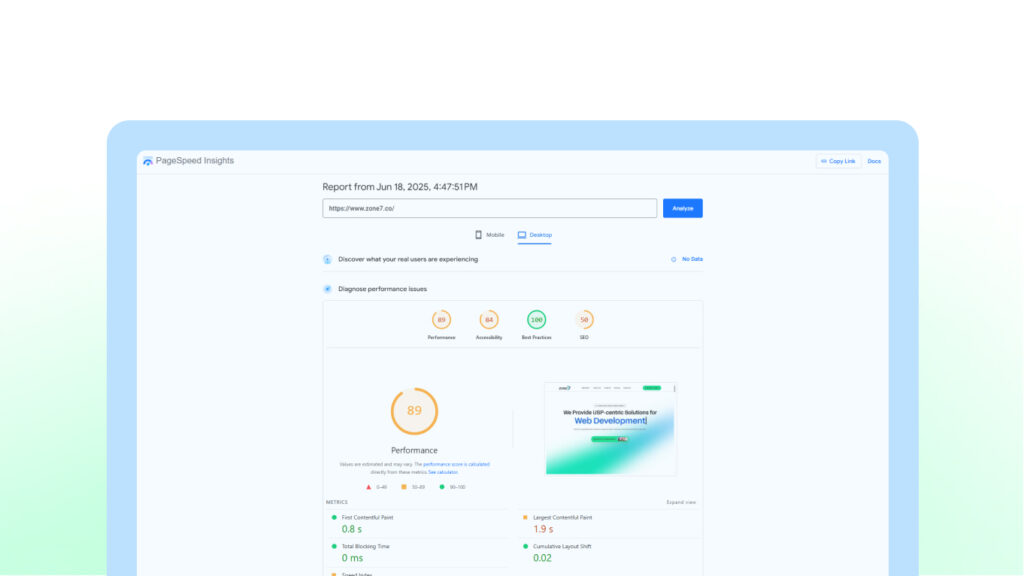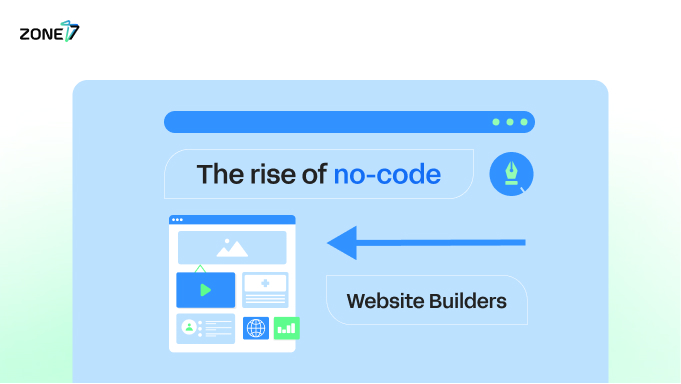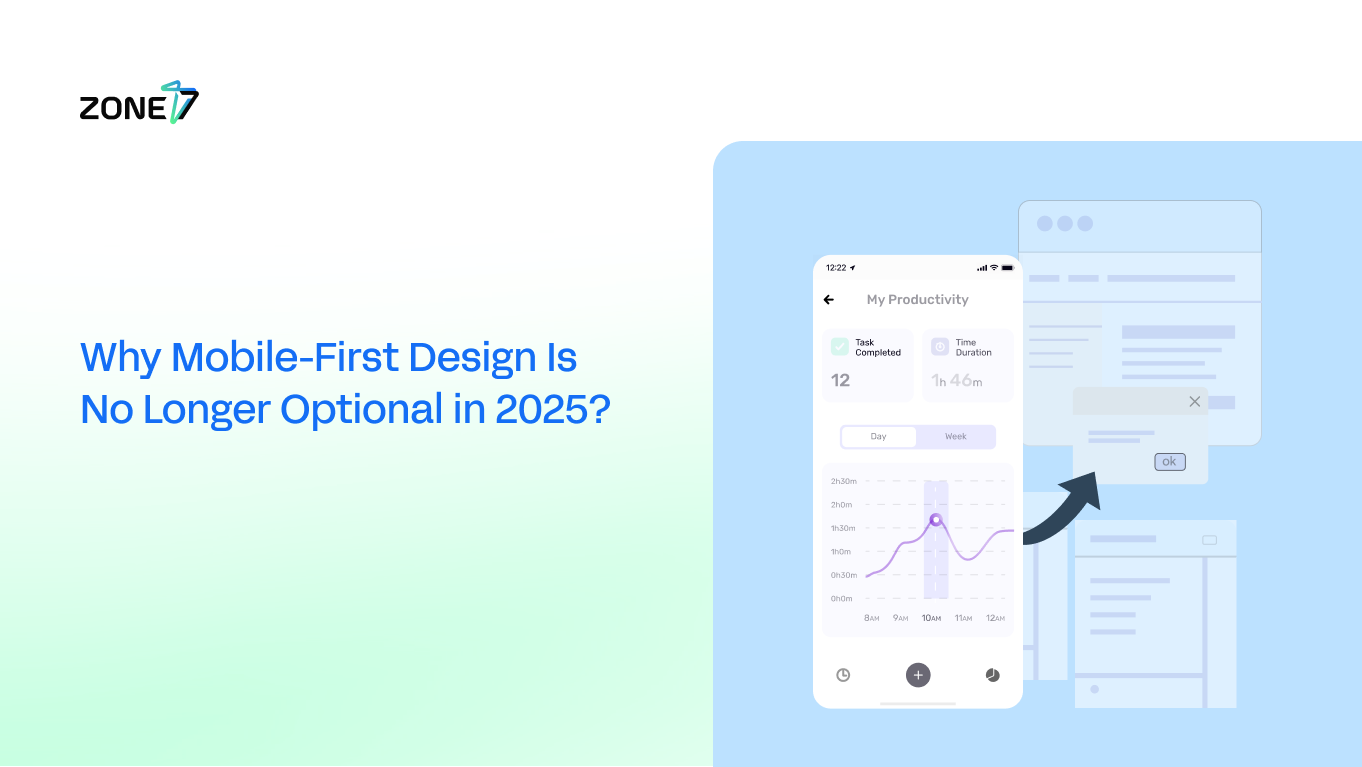In today’s fast digital world, your website is often the first, or sometimes the only, interaction a potential customer has with your business. Think of it as a storefront.
Just like a physical store with cluttered displays and slow service might deter customers, a slow and clunky website can send customers to the store next door.
This is where website performance optimization comes into consideration. It’s not just a technical nicety; it’s a fundamental pillar for sustainable business growth.
Understanding Website Performance Optimization & Its Importance
To put it in layman’s terms, website performance optimization is the process of improving all aspects of your website to make it faster, more responsive, and more efficient.
It involves fine-tuning everything from loading speeds, content, responsiveness, and interactivity to visual stability. In essence, it’s about creating a seamless and enjoyable experience for visitors.
The Direct Impact of Website Performance on Key Business Metrics
The impact of site performance ripples across several crucial business metrics:
Conversion Rates:
A faster website leads to higher conversion rates. When pages load quickly, users are more likely to browse products, fill out forms, and complete purchases. Studies show a relation between page load time and conversion rates.
For example, a one-second delay in page load time can result in a significant drop in conversion rates. Imagine you’re a customer, you’re browsing the site to purchase 10 specific items (nothing else, you know exactly what you want), each page has a 1-second delay. From loading the homepage, from using the search to visit each product and using the cart and checkout page.
This entire process at the very least will cost a visitor 13-seconds in average to complete their transaction. This sort of delay will surely cost a visitor to bounce.
Search Engine Optimization (SEO):
Search engines like Google, Bing, Duck Duck Go, etc. prioritize user experience, and website speed is as a factor in their ranking algorithms.
Faster websites coupled with other matrices tend to rank higher, leading to increased organic traffic.
For example, Google’s Core Web Vitals, which we’ll discuss later, directly measure aspects of user experience related to speed and interactivity.
User Experience (UX):
A fast and responsive site contributes to a positive user experience. Visitors are more likely to stay longer, explore more pages, and have a good impression of your brand.
Conversely, a slow website can lead to frustration, a negative perception, and ultimately, users leaving. Think about browsing a news website; if articles are showcased in a complicated gallery grid, the visitors are likely to move away.
Bounce Rates:
Bounce rate, the percentage of visitors who leave your site after viewing only one page, is heavily influenced by website performance.
Slow-loading pages often have higher bounce rates because users get impatient and leave before the content even loads. A high bounce rate signals to search engines that your website isn’t providing a good user experience, which will negatively impact your rankings.
Overall Revenue:
Ultimately, poor website performance can directly impact your bottom line.
Lower conversion rates, decreased organic traffic, and a negative user experience all contribute to lost revenue opportunities. Investing in website performance optimization is an investment in your business’s profitability.
Key Technical Performance Metrics
To understand and improve website performance, it’s important to be familiar with key technical metrics:
Core Web Vitals:

Introduced by Google, these are a set of user-centric metrics that quantify key aspects of the user experience:
- Largest Contentful Paint (LCP): Measures the time it takes for the largest visible element on the page to become visible. An ideal LCP score should be less than 2.5 seconds.
- First Input Delay (FID): Measures the time from when a user first interacts with a page to when the browser is able to process it. Ideal FID is less than 100 ms.
- Cumulative Layout Shift (CLS): Measures unexpected layout shifts. Ideal CLS is less than 0.1.
First Contentful Paint (FCP):
Measures the time from when the page starts loading until the first text or image is rendered. It indicates when users start to see content.
Time to First Byte (TTFB):
Measures the time it takes for a browser to receive the first byte of data from the server. Low TTFB means a responsive server.
Time to Interactive (TTI):
Measures the time it takes for a page to become fully interactive and reliably responsive to user input.
Common Causes of Poor Website Performance
Several factors can contribute to a slow and underperforming website. Here are some of the biggest culprits:
- Unoptimized Images: Large images can drastically slow down load times without compression and resizing.
- Inefficient Code: Bloated HTML, CSS, or JavaScript increases page weight and rendering time.
- Server Response Times: Poor hosting or overloaded servers delay all page loading.
- Excessive Third-Party Scripts: Too many external scripts block rendering and degrade performance.
Effective Strategies and Best Practices for Optimization

Fortunately, there are many effective strategies to boost your website’s performance, here are some must-follows:
- Image Compression: Use formats like WebP, compress files, and serve responsive versions.
- Caching: Browser, server-side, and CDN caching drastically improve load speeds.
- Content Delivery Networks (CDNs): Serve content from servers closer to users.
- Code Minification: Remove whitespace, comments, and unnecessary characters.
- Lazy Loading: Defer loading of images and scripts not immediately needed.
- Server-Side Optimizations: Tune server config, choose reliable hosts, and stay updated.
Popular Tools for Measuring and Analyzing Website Performance

Several excellent tools can help you measure and analyze your website’s performance:
PageSpeed Insights: A free Google tool that scores your site’s speed and gives performance tips.
Lighthouse: Built into Chrome DevTools, audits performance, accessibility, SEO, and more.
GTmetrix: Provides in-depth speed analysis, location testing, and performance tracking.
Microsoft Clarity: Offers real-time session recordings and behavior heatmaps.
Google Analytics: Tracks user behavior, conversions, and page performance in detail.
SEMRush: Offers full-site audits that highlight technical issues and SEO opportunities.
Expert Opinions on the Importance of Website Performance
Industry leaders consistently emphasize the critical role of website performance:
“Website speed is one of the most important factors for user experience. A slow website can frustrate users and lead to them abandoning your site.” – Google Search Central

“Fast loading times are critical for e-commerce success. Every second of improvement can lead to a significant increase in conversions.” – Akamai
These statements underscore that website performance is not just a technical detail but a strategic importance for retaining customers, improving search visibility, and achieving business growth.
To Wrap It Up
In conclusion, website performance optimization is no longer a luxury, but a fundamental requirement for businesses aiming to thrive in the digital age.
By focusing on speed, responsiveness, and efficiency, you can enhance user experience, improve search engine rankings, boost conversion rates, and drive business growth. It’s time to make website performance a top priority for your business’s success.
And if you need any further assistance in understanding this subject or to help your website succeed, feel free to reach out.



